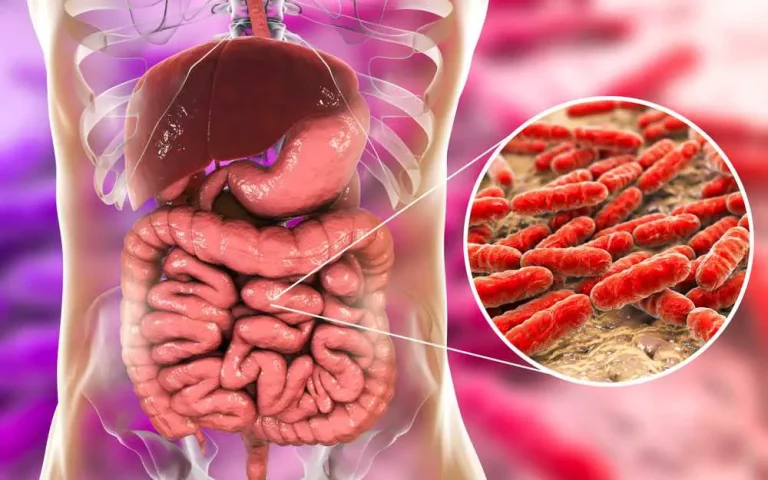People enjoy their sweet treats. One need only look at the enormous range of sodas, candies, and baked products sold globally.
However, sugar consumption has been related to the rising prevalence of noncommunicable diseases such as obesity, cardiovascular diseases, gastrointestinal infections, and type 2 diabetes.
These days, significant efforts have been made to reformulate products, replacing sugar with low-calorie sweeteners as a result of public outcry and regulatory pressure. Consumers frequently seek sugar substitutes. This has prompted researchers to investigate the development of low-calorie artificial sweeteners. [1]
What Are Artificial Sweeteners?
Artificial sweeteners, often known as sugar substitutes, are chemicals added to several foods and beverages to give an irresistible taste of sweetness. Also referred to as “strong sweeteners,” they have a similar taste to table sugar but can be thousands of times sweeter. Although certain sweeteners contain calories, the amount required to sweeten items is so minimal that you consume essentially no calories. [2]
The surface of your tongue is covered with many taste receptors that detect diverse flavors. When you eat, your taste receptors come into contact with food molecules. When a receptor and a molecule are perfectly aligned, a signal is sent to your brain, allowing you to recognize the taste. [3]
Artificial sweetener molecules are similar enough to sugar molecules to fit on the sweetness receptor. They are, however, too different from sugar for your body to turn down into calories. This is how they achieve a sweet flavor without adding calories. [2]
Sugar substitutes are known to enable calorie-free consumption of sweet foods. They are commonly used by individuals trying to lose weight; however, their effects on appetite and weight vary among studies. Research suggests artificial sweeteners may enhance appetite, which would lead to weight gain. [4]
How Are Low-Calorie Sweeteners Related to Gut Health?
We already know that gut bacteria are important for our health and that maintaining a good gut microbiome or gut health is linked to our immune response and metabolism. Because diet can influence gut flora, nutrition is essential for a healthy gut.
Since carbohydrates are our major source of energy, accounting for between 40 to 80% of the total energy requirements, scientists have started looking into low-calorie or extraordinarily sweet compounds derived from natural sources as potential replacements.
They discovered galactooligosaccharides (GOS) as an alternative, which is one of the most regularly used prebiotics known to promote the growth of beneficial microorganisms, primarily intestinal lactobacilli and bifidobacteria. They induce microbial competition and reduce the population of nonbeneficial intestinal microbiota. [5]
GOS are commercially available prebiotics with a low calorific value shown to promote satiety and reduce food intake. They also have clinical applications such as the treatment of constipation and irritable bowel syndrome (IBS), prevention of atopic disease and gastrointestinal infections, and modulation of mood and stress response, among others. GOS can be found in mammalian milk but they’re not quite sweet enough to replace table sugar.
Natural-Based Extract as a Low-Calorie Sweetener
With the growing interest in the use of natural low and non-caloric sweeteners in food to reduce sugar intake, a natural-based extract from the luo han guo fruit (Siraitia grosvenorii) has come into the limelight. The extract forms cucurbitane-type triterpenoid saponins known as mogrosides.
The fruit’s extracts include mogrosides, which are substances 200 to 300 times sweeter than table sugar. However, these extracts can have bitterness and a metallic taste, which can be eliminated with enzymes. [5]
Even if the taste can be improved by tweaking it with enzymes, the relative sweetness value is still high, so these products can still be considered high-intensity sweeteners. Taking this into account, Institute of Food Science Research (CIAL) Research Scientist F. Javier Moreno and colleagues used enzymes to change mogrosides while concurrently creating galactooligosaccharides for a brand-new low-calorie sweetener.
The scientists started with lactose and mogroside V. (the primary mogroside in Luo Han Guo fruit). When they added the -galactosidase enzymes, they got a combination that was predominantly galactooligosaccharides and a few modified mogrosides. [5, 6]
According to a trained sensory panel, the new combination had a sweetness similar to sucrose (table sugar), indicating that it could be enjoyed by consumers. Furthermore, the novel sweetener enhances gut health in test tube trials by raising levels of several human gut microorganisms, including Bifidobacterium and Lactobacillus bacterial species. The sweetener mixture enhances metabolites generated by bacteria such as acetate, propionate, and butyrate, implying that the mixture may have a prebiotic effect on the gut microbiome.
Too Early to Consider a Sugar Substitute
The study provided interesting data, but more research is needed in this area.
First, researchers examined bacterial growth in vitro, implying that future research should include human interaction, which could influence or affect the results. Primary studies found promising results from the novel sweetener. The next step is to investigate the substance’s impact on human gut health in greater depth. The quantity and dietary guidelines of the sweetener’s components must also be further evaluated. [7]
Dr. Brian Power, a nutritional specialist not involved in the study, stated that while this area of research is relatively new, it appears to be promising for a wide range of people.
“The effects identified in the study appear to be consistent with earlier evidence. As a proposed nutritional innovation, it offers a promising win-win for consumers, policymakers, the health service, and also food manufacturers,” he told Medical News Today.
However, Dr. Power emphasized that more research is needed to confirm the benefits and safety of such products for human health. “Further work is needed to determine the magnitude of the effect on human health. Given the infancy of the field, it remains a highly speculative nutrition solution,” he explained. [8]
Fitting Carbohydrates Into a Healthy Diet
Carbohydrates have had a bad rap in recent years, particularly when it comes to weight gain. You might even be reluctant to incorporate carbs into your diet, but did you know that most carbs occur naturally in plant-based foods?
There are three main types of carbohydrates: sugar, starch, and fiber. Sugar is the most basic type of carbohydrate. It is found naturally in some foods, such as fruits, vegetables, milk, and milk products. Natural sources of starch include vegetables, grains, and cooked dry beans and peas.
Meanwhile, fiber naturally occurs in fruits, vegetables, whole grains, and cooked dry beans and peas. You can also get a fiber boost from natural supplements like Fiber Complete, which also aids in regulating blood sugar and cholesterol levels.
You’ve probably heard of net carbohydrates and the glycemic index, especially if you’ve read product labels. Typically, “net carbohydrates” refers to the number of carbs in a product, excluding fiber or both fiber and sugar alcohols. On the other hand, the glycemic index categorizes carbohydrate-containing foods based on their ability to elevate blood sugar levels. [9]
However, there are still plenty of healthy foods that are naturally lower on the glycemic index. Examples include whole grains, legumes, vegetables, fruits, and low-fat dairy products. So if you’re on diet or avoiding sugar, there are many ways to take fewer carbohydrates but still have enough.
Here are common sources of naturally occurring carbohydrates:
- Fruits
- Vegetables
- Milk
- Nuts
- Grains
- Seeds
- Beans, peas, and lentils
Balancing healthy and delicious can be tough. You might think that having both would be impossible but really, you don’t have to choose between the two. Enjoy something delicious that’s also good for you!
Download Dr. Partha Nandi’s free Diabetic Desserts Cookbook to learn more about living a sweeter but healthier lifestyle.
Sources:
- A new low-calorie sweetener could also improve gut health, study shows – American Chemical Society
- Low‐calorie Sweeteners and Other Sugar Substitutes: A Review of the Safety Issues – Kroger – 2006
- How does our sense of taste work? – InformedHealth.org – NCBI Bookshelf
- Gain weight by “going diet?” Artificial sweeteners and the neurobiology of sugar cravings – PMC
- Prebiotic Potential of a New Sweetener Based on Galactooligosaccharides and Modified Mogrosides | Journal of Agricultural and Food Chemistry
- Sweeteners and Sugar Alternatives in Food Technology Second Edition edited by Kay O’Donnell, Malcolm Kearsley
- A new low-calorie sweetener could also improve gut health, study shows – American Chemical Society
- A new low-calorie sweetener may also have prebiotic potential
- Carbohydrates: How carbs fit into a healthy diet – Mayo Clinic




















